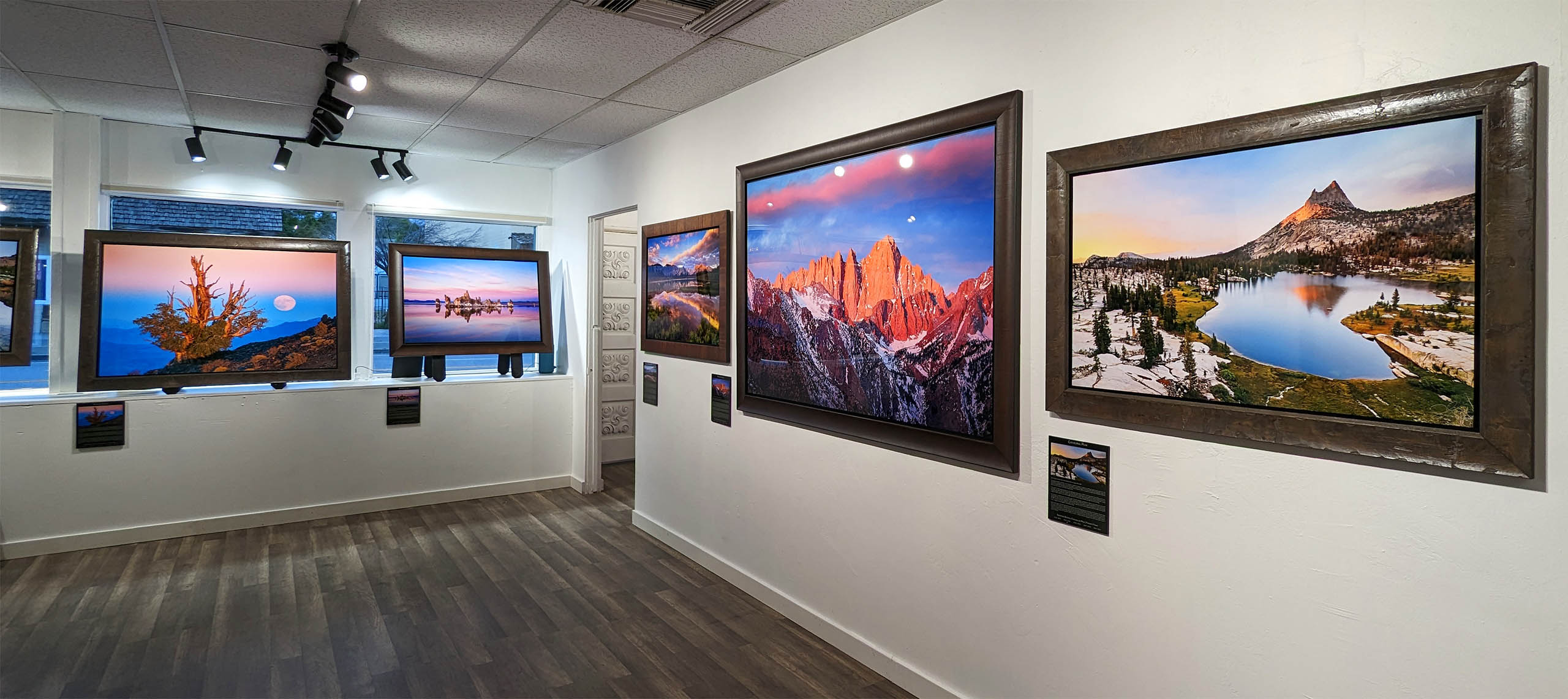The Rule of Thirds is one of the most widely known and fundamental ideas in composition. And while it’s often thought of as basic composition, understanding where it comes from means knowing when to use it, and knowing when to break it.
If you haven’t heard of the rule of thirds, here’s the 10-second version: Divide your frame up into a tic tac toe board, then place the important elements of the composition on those thirds, either horizontally, vertically, or on the intersection points. It’s a simple way to start making effective compositions, but what’s the real reason it works?
Well, the rule of thirds effectively accomplishes two main things. First, it allows you to unambiguously direct attention in your photos, creating visual flow from one side of the image to the other. If your subjects were more centered, your eye wouldn’t know which way to travel.
Secondly, and possibly more importantly, the rule of thirds lets you tell people what the most interesting and important part of a scene is. This is why landscape photos often put the horizon on the top third, because it’s saying “this photo is about the landscape, so I’m giving it most of the weight of the photo, and the sky, while it may be beautiful, is less important to understanding this specific place than the landscape is, so it only gets 1/3 of the weight of the photo.”
So what happens if the sky IS the most interesting and important part of the scene?
Ah ha! Well here’s where things get really cool, and where you realize the rule of thirds has actually very little to do with thirds at all, and lots more to do with what you find interesting.
Say you do have a brilliant sky, and a bland landscape? Then give your sky most of the weight of the photo. That’s you saying: look at THIS. The more interesting you think something is, the more weight you should give it in your photo. Even to the point where the sky or the landscape might become a teeny sliver in the photo.
Or if you have two things of equal importance in your photo? Then give them equal weight. This is why reflection shots work so well with the horizon smack bang in the middle of the frame.
Because the rule of thirds is not about actual numbers, but rather about balancing the proportion of interesting elements in your frame. And once you realize that, then your compositions will begin to follow your artistic vision.


Joshua Cripps is a renowned landscape photographer who has garnered worldwide acclaim for his breathtaking images of our planet’s wild places. His photos have been published by the likes of National Geographic, NASA, CNN, BBC, and Nikon Global.

The Mt. Whitney Gallery was founded in 2023 by Joshua Cripps as a way to share his passion stunning landscapes of the Sierra Nevada and beyond.
Set at the foot of the breathtaking Sierra with a view of the range’s highest peaks, the gallery features large format, museum-caliber fine art prints of Josh’s signature photographs.
Course Login | Results Disclaimer | Terms and Conditions | Privacy Policy
© Copyright – Joshua Cripps Photography

3 Responses
Joshua,
one of the best articles which I have read on rule of thirds. I do use this on my Mobile camera to compose better pictures.
You have explained the finer details on what more can be done using the rule of thirds in the easy to understand article.
So happy you enjoyed it!
Hey, I purchased this photo from you all those years ago as you did the Kickstarter for your trip to, I think it was New Zealand. Good to see it’s still the standard for the rule of 3rds!
I like getting your emails and pictures of the amazing places you photograph. Me, I am desk bound doing the computer software thing. Oh well. Thanks.